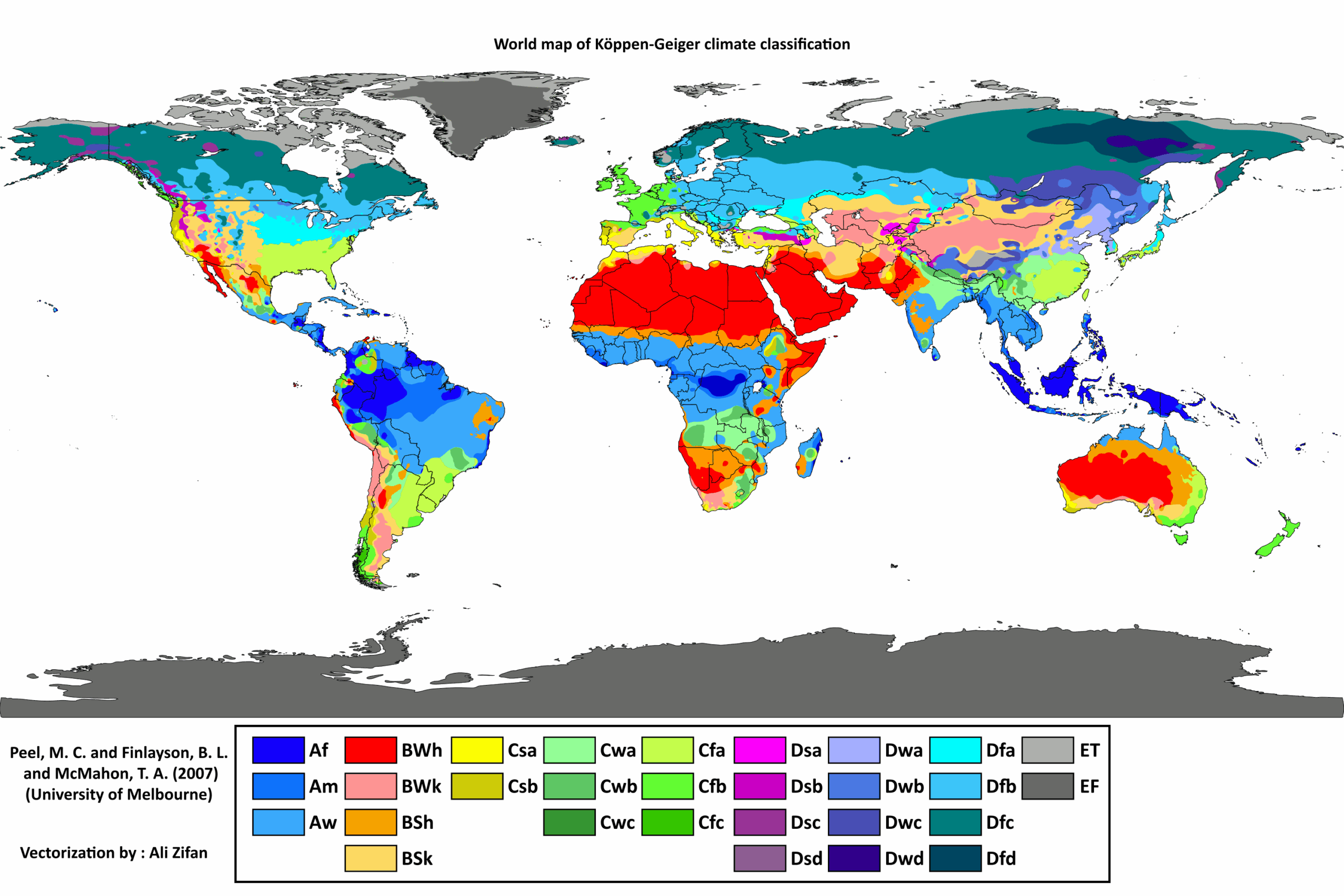As society grapples with the intricacies of climate change, one question reverberates through academic circles and local communities alike: How can climate modeling, often perceived as a complex and esoteric field, be made comprehensible and useful to the average citizen? In an era where algorithms govern not only our digital existence but also the physical world, it is crucial to explore how these computational tools can be disentangled from their enigmatic nature and presented in an accessible manner. This inquiry ushers in an exciting challenge: to bridge the gap between advanced climate science and everyday understanding.
The foundation of climate modeling is an intricate tapestry woven from meteorological data, oceanography, and various atmospheric processes. These models are often structured around the principles of physics, yet their outcomes can feel detached from the realities faced by the average person. Thus, how do we transform abstract algorithms into relatable narratives? This is where the interplay between complexity and simplification becomes paramount.
At the core of climate modeling lies the concept of numerical weather prediction (NWP). These models are akin to sophisticated simulations, employing mathematical representations of atmospheric processes to forecast weather patterns. However, NWP does more than anticipate rainfall; it draws upon decades of climate data to predict long-term trends and variations. Herein lies an opportunity: presenting these models as tools that can empower citizens rather than as obscure algorithms reserved for specialists.
Consider the various climate zones illustrated in myriad educational resources. They serve as a vivid representation of the planet’s climatic diversity, encapsulating the variations that climate models endeavor to analyze. This graphical representation invites engagement, prompting individuals to ponder the impact of climate change on their own locale. How will changes in temperature and precipitation alter the familiar landscapes of their home? Such questions kindle curiosity and foster a deeper understanding of the implications of climate modeling.
Yet, challenges persist. The technical jargon associated with climate algorithms can alienate even the most astute observer. Terminologies such as ‘coupled atmosphere-ocean models’ or ‘radiative forcing’ do little to demystify the subject. Thus, a concerted effort must be employed to translate this verbiage into layman’s terms, ensuring that the average person can grasp the significance of these models. Simplifying the lexicon should not dilute the essence of the information shared, but rather illuminate its relevance.
Moreover, education plays a pivotal role in this venture. Engaging programs that introduce the fundamentals of climate science to students and adults alike can cultivate informed citizenry. For instance, interactive workshops that incorporate real-time climate data or allow individuals to input variables into simulation scenarios can evoke a sense of agency and involvement. Such experiential learning not only enhances comprehension but also engenders a community dialogue surrounding climate issues, fostering shared responsibility.
Nevertheless, one must not overlook the role of technology in democratizing access to climate information. The proliferation of applications and platforms that visualize climate data serves as a beacon of hope for those seeking to understand their environment better. These tools distill complex datasets into digestible graphics, allowing users to explore potential scenarios, such as changes in agricultural productivity due to shifting climatic conditions. The novelty of interacting with data encourages a holistic and participatory approach to climate literacy, providing an avenue for individuals to comprehend potential outcomes in a tangible manner.
Equally important is fostering critical thinking. Encouraging individuals to scrutinize the data presented, question the methodologies employed, and evaluate the projected outcomes nurtures a culture of inquiry. What if we were to challenge the prevailing narratives? What contributions could the average person make to refining climate models by sharing their observations, experiences, and traditional ecological knowledge? This invites a richer understanding of local climate dynamics and cultivates a collaborative spirit among scientists and laypeople alike.
Moreover, the implications of climate modeling extend beyond academic discussions; they permeate policy formulation and community resilience strategies. As local governments grapple with the realities of climate change, the inclusion of citizen input in climate-related decision-making becomes imperative. Engaging the public involves acknowledging their lived experiences and incorporating their insights into adaptive strategies. Hence, climate modeling transcends the realm of scientific inquiry, emerging as a catalyst for communal action and collective sustainability.
As we contemplate the convergence of algorithms and the everyday experience, it becomes evident that making climate modeling accessible is an endeavor steeped in potential. The playful question remains: are we ready to embrace this challenge and redefine our relationship with climate science? The journey towards climate literacy is not merely about elucidating models but encompasses fostering an inclusive dialogue that celebrates the interconnectedness of all stakeholders.
In conclusion, the clarion call for democratizing climate modeling resonates with a profound urgency. By placing the average person at the center of this dialogue, we can engender a culture of informed action and shared stewardship. Climate modeling can no longer exist in isolation; it must serve as a bridge connecting complex algorithms to the realities faced by individuals and communities worldwide. Each step taken towards this goal paves the way for a more resilient and socially engaged future, where science and society coalesce in the pursuit of understanding and action against the existential threat of climate change.










